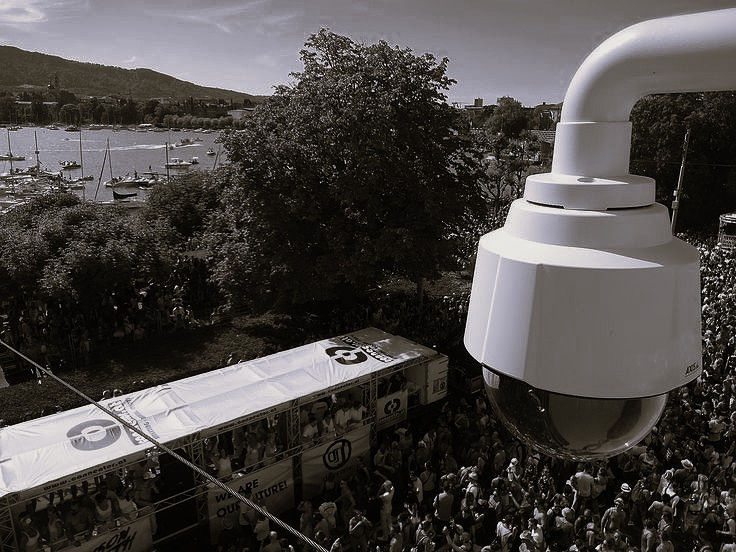How Specialised Security Services Minimise Internal Threats
- PPSGroup
- Jul 27
- 2 min read
Updated: Sep 11
When most business owners think about security, their minds go straight to external dangers: hackers breaching systems, criminals targeting physical premises, or competitors trying to steal trade secrets. But here’s the uncomfortable truth - some of the most significant risks to your organisation may already be inside the building.

The question is not if your business faces internal threats, but how effectively you’re addressing them. This is where specialised security services become not just valuable, but essential.
The Hidden Face of Internal Threats
Internal threats are often far more complex, and subtle, than people expect. They’re not always about a disgruntled employee plotting sabotage (although that does happen). They typically fall into three categories:
Malicious insiders - Employees or contractors who intentionally cause harm.
Negligent employees - Well-meaning staff whose mistakes open the door to security breaches.
Compromised users - Team members whose credentials are stolen and exploited by external attackers.
Multiple Layers of Defence
Specialised security services tackle internal threats through layered, proactive strategies that address both human behaviour and technological vulnerabilities. Rather than relying on a single solution, they create a multi-faceted defence system capable of monitoring, detecting, and neutralising suspicious activity before it escalates.
One key method is behavioural analytics. By establishing a normal activity baseline for each user, security teams can instantly flag unusual behaviour - like accessing unfamiliar files, logging in at odd hours, or downloading excessive amounts of data.
Advanced Monitoring and Detection
Today’s specialised security solutions go far beyond CCTV cameras and access logs. They use User and Entity Behaviour Analytics (UEBA) to spot even subtle deviations in user patterns. These systems monitor everything from keystroke dynamics and file access to network traffic and application use. If an employee suddenly begins accessing sensitive customer data they’ve never touched before, the system triggers an immediate alert to security personnel.
Creating a Culture of Awareness
Technology alone can’t eliminate internal threats. That’s why the best security providers invest in shaping organisational culture. Through ongoing training, employees learn how to recognise phishing attempts, understand the importance of safeguarding data, and feel empowered to report suspicious activity. When staff see themselves as partners in protection rather than subjects of surveillance, the organisation’s defences become exponentially stronger.
Rapid Response and Incident Control
If a threat does arise, speed is critical. Specialised security services operate 24/7 monitoring and follow strict, pre-established incident response protocols. This allows them to contain potential breaches quickly - reducing the risk of lasting damage.
Continuous Risk Assessment and Adaptation
Internal security isn’t a “set it and forget it” operation. Leading security providers perform regular risk assessments, update their protocols in line with emerging threats, and continually adapt their methods to meet evolving organisational needs.
Long-Term Security Resilience
Internal threats will never disappear - but they can be managed and minimised. By partnering with specialised security services, organisations gain the expertise, technology, and ongoing support required to stay ahead of risks while maintaining operational efficiency. In a world where threats evolve daily, a resilient, adaptive approach to security is not a luxury - it’s a necessity.





Comments